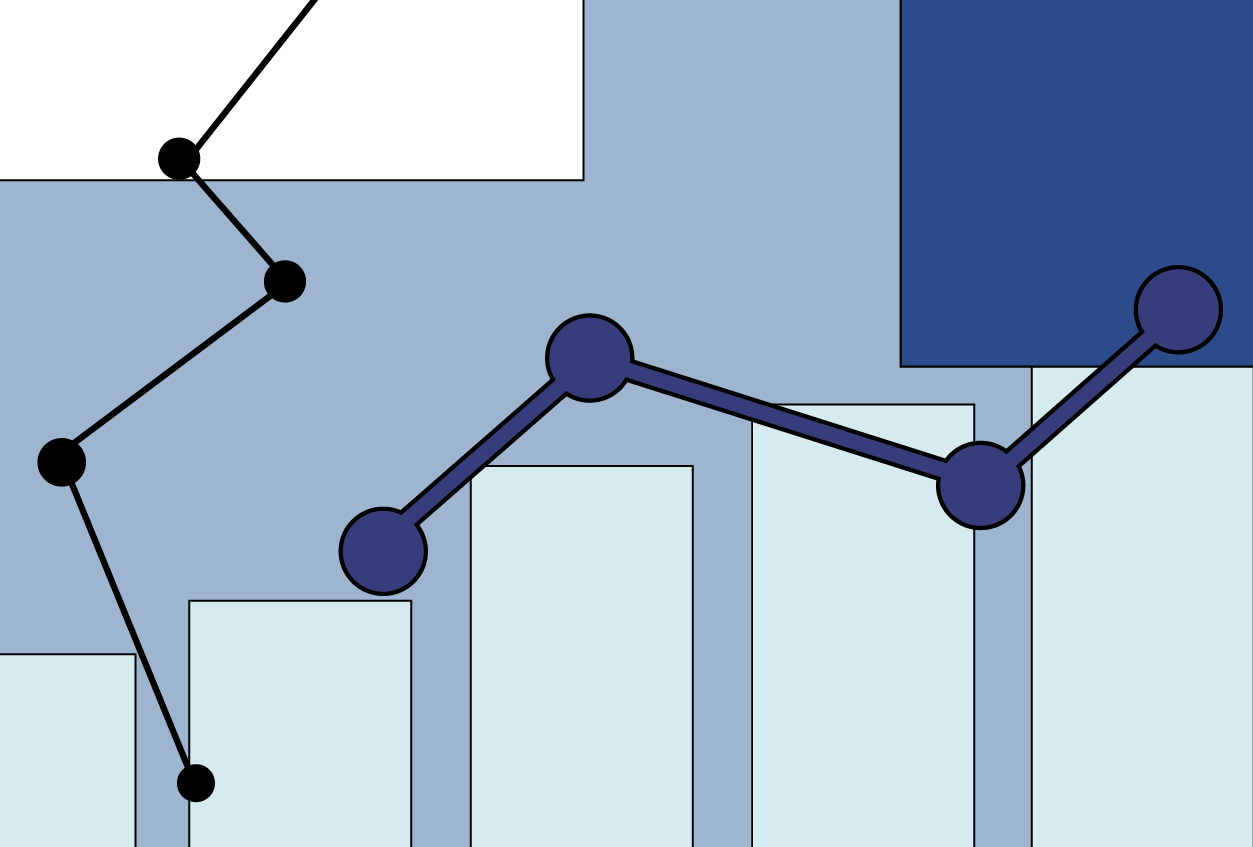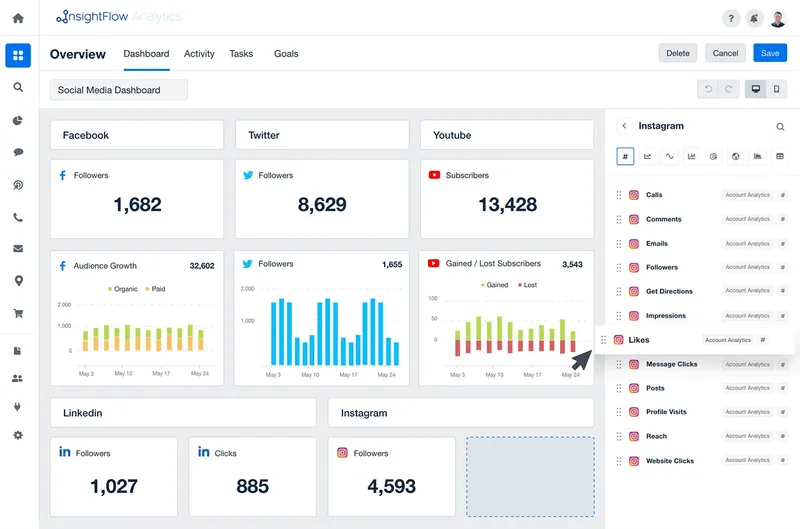Understanding data and analytics is vital to the health of a company, but the changing landscape of technology and business often prevents employees from gaining access to data and learning more.
Here are five tips to improve workplace decision-making, productivity, and communication.
Implement Data Democratization
Allowing all employees access to analytics is smart practice, as it provides staff with valuable information to make informed decisions. This translates to improved customer service and workplace collaboration. For example, when staff are educated about which content resonated most with their audiences, they’ll have a better understanding of which content to repurpose and what they need to toss. When collaborating on content decisions, informed teams can operate more efficiently. A simple email to team members sharing a weekly analytics report is the first step in closing the gap that often prevents them from making informed decisions.
Provide Data Literacy Education
When your team is able to read, write, and communicate about data (a term known as data literacy), it can magnify their ability to make data-based business decisions. However, data literacy isn’t always the norm. A Qlik survey found that 85% of business leaders feel that data literacy is essential for success — but just 11% of employees felt competent in understanding data. If you’re a business leader, you can educate your staff by planning interesting ways to share data information through activities like quizzes and games. If your company has a chief analytics officer, they can implement some of those activities in addition to conducting presentations. In the event your company does not have a CAO, it could help boost morale to allow employees with the most data knowledge to develop a team, leading staff with workshops to increase data literacy.
Hold Meetings Around Data Analytics
Once the education process is implemented, hold weekly or monthly meetings which include discussions around data analytics. New insights and fresh perspectives can be found in unexpected places, including among employees with no formal training. Be certain that the information presented is accessible to those who are less data literate while addressing your company’s goals. This can be achieved by using charts and graphs or by telling a story to convey a deeper meaning. A storyline presents the perfect opportunity to demonstrate how a company’s goals can impact its audience. For example, creating an infographic which details a customer journey can provide a concrete visual for team members to absorb.
Don’t Forget the Experts
Providing accurate data leads to better decision-making and improved productivity. Data-driven business models are on the rise, try harnessing the power that an expert in the field can give your business a competitive edge. If possible, hiring a data analyst can help your business make decisions based on data, rather than intuition. A data analyst can improve profits and share their insights and understandings with staff. For example, consider how Amazon has utilized data like customer behaviors and preferences to drive sales.
Utilize Artificial Intelligence and Machine Learning
Many companies are turning to AI and ML to help evaluate and understand the vast amount of data being collected in today’s world. These technologies can process data faster and with greater accuracy than previous computer and tech systems. For example, consider how algorithms can provide product suggestions based on collected data and AI that can use predictive analysis to forecast future sales and predict what customers will purchase.
Although data analytics is a complicated topic, it is by including and educating staff, holding regular meetings, hiring a data expert and taking advantage of technological advances that your company can realize the benefits of a data-driven approach.




